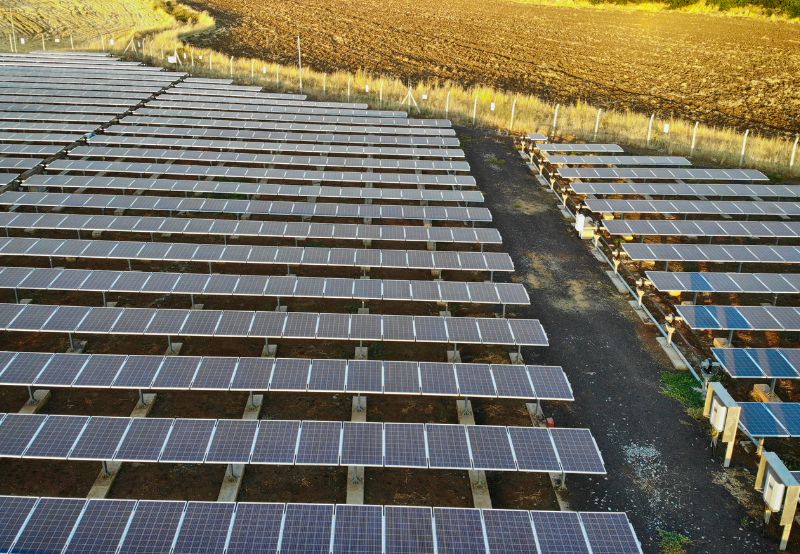As humans continue to reshape the planet’s climate and ecosystems through activities such as deforestation, industrialization, and the burning of fossil fuels, scientists are increasingly turning to Earth’s history for insights into potential future scenarios. This quest for understanding draws on a variety of natural archives, among which glaciers stand out as particularly valuable. These massive ice structures, often referred to as nature’s freezers, preserve a wealth of information about the Earth’s past climates and ecosystems.
Glaciers are essentially colossal archives of climate data. As snow accumulates and compresses into ice over millennia, it traps air bubbles, dust, and other particulates that were present in the atmosphere at the time of their formation. By analyzing these ice cores, scientists can reconstruct past atmospheric composition, temperature fluctuations, and even volcanic activity. This historical record is crucial for understanding how climate systems have behaved over long periods and how they may respond to current and future changes.
One of the most fascinating aspects of glacial ice is its role in preserving biological remnants, including viruses. As ice forms and traps microorganisms, it effectively encases them in a state of suspended animation. These ancient viral entities, along with bacteria and other microorganisms, can offer clues about past ecosystems and the evolutionary history of life on Earth. By studying these preserved viruses, scientists can gain insights into how pathogens have evolved and how they might behave in the face of changing environmental conditions.
This exploration of glacial ice is not merely academic; it has practical implications for predicting how climate change might impact current ecosystems and human health. For instance, as glaciers continue to melt due to rising global temperatures, the release of ancient microorganisms could potentially expose modern populations to pathogens that have been dormant for thousands of years. Understanding these risks and the historical context of these viruses is essential for preparing for and mitigating the effects of climate change on both natural and human systems.
In essence, glaciers offer a window into the past that can inform our understanding of the present and future impacts of climate change. By examining the detailed records preserved within these ice structures, scientists can better anticipate how our rapidly changing climate might unfold and take informed steps to address the challenges that lie ahead.
We are a team of microbiologists and paleoclimatologists that studies ancient microorganisms, including viruses preserved within glacier ice. Along with our colleagues Lonnie Thompson, Virginia Rich and other researchers at the Ice Core Paleoclimatology group at The Ohio State University, we investigate interactions between viruses and their environment archived in ice cores from the Guliya Glacier on the Tibetan Plateau.
By linking the genomes of ancient viral communities to specific climate conditions preserved in glacier ice, our newly published research offers insights into how these viruses have adapted to Earth’s shifting climate over the past 41,000 years.
Reading history in viral genes
We primarily used metagenomes – collections of genomes that capture the total genetic content of all microorganisms present in environmental samples – to reconstruct viral genomes from nine distinct time intervals within the Guliya ice core. These time horizons span three major cold-to-warm cycles, providing a unique opportunity to observe how viral communities have changed in response to different climatic conditions.
Through our analyses, we recovered the genomes of the equivalent of 1,705 virus species, expanding known glacier-preserved ancient viruses more than fiftyfold.
Only about one-fourth of the viral species we found shared species-level similarities with any of the viruses identified in nearly 1,000 metagenomes previously captured in global datasets. Most of these overlapping species were also from the Tibetan Plateau. This suggests that at least some viruses preserved in the Guliya Glacier originated locally in the region, but it also spoke to the relative lack of glacial viruses in available databases.
Using these new reference genomes, we attempted to “read” their stories.
One key finding was that viral communities varied significantly between cold and warm climatic periods. The most distinct community of viral species on the glacier appeared about 11,500 years ago, coinciding with the major transition from the Last Glacial Stage to the Holocene. This suggests that the unique climate conditions during cold and warm periods profoundly influenced the composition of viral communities. We hypothesize that these influences were likely due to viruses from other places being blown in by changing wind patterns and subject to selection pressures from changing temperatures on the glacier.
Digging deeper, we next determined how viruses interacted with their hosts. To do this, we used computer models to compare viral genomes with the genomes of other microbes also found in this environment. We found that viruses consistently infected Flavobacterium, a lineage of bacteria commonly found in glacier environments.

We also learned that viruses on the Guliya Glacier must “steal” genes from their hosts to manipulate their metabolisms. Encoded within the viral genomes were 50 auxiliary metabolic genes related to metabolism, including the synthesis and breakdown of vitamins, amino acids and carbohydrates. Some of these genes were abundant across all nine time intervals studied, suggesting that they help microbial hosts cope with the harsh conditions on glacier surfaces and thereby improve viral fitness.
Thus, viruses not only infect and kill cells, but they likely also alter the fitness of their hosts during infection, in turn influencing their capacity to survive in the extreme conditions of glacier environments.
Climate change over time
Our findings offer a novel perspective on how life, in the form of viruses, has responded to climatic changes over tens of thousands of years.
Understanding these ancient interactions provides a unique opportunity for future research in both virology and climate science. By studying how ancient viruses responded to past climate changes, researchers can gain valuable insights into how viruses adapt to ongoing global climate change.
We believe that glacier ice, by capturing information on microorganisms and their ecosystems over time in each layer, remains a critical resource for unraveling the history of Earth’s climate and the life it has supported – especially as glacier ice reserves rapidly diminish.




